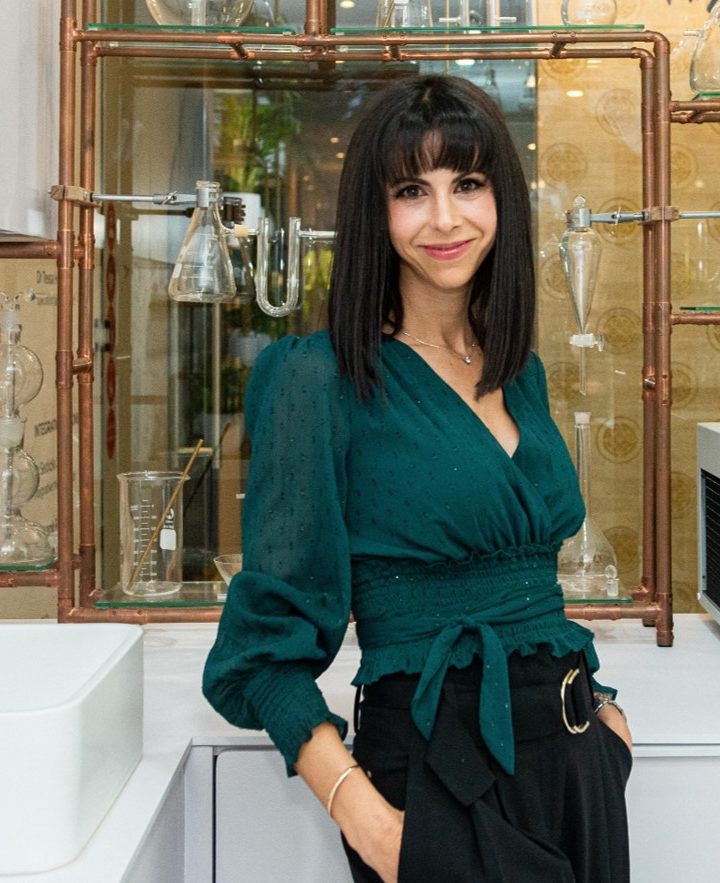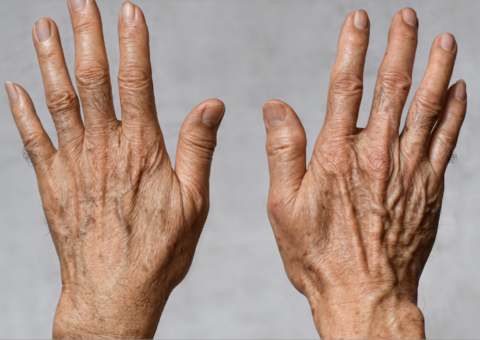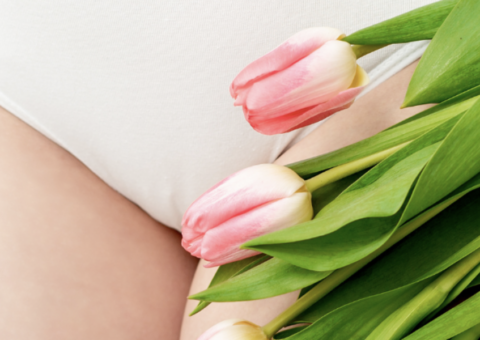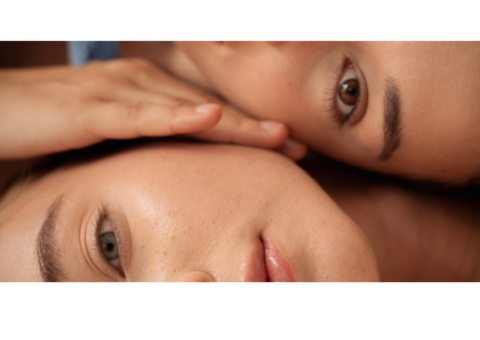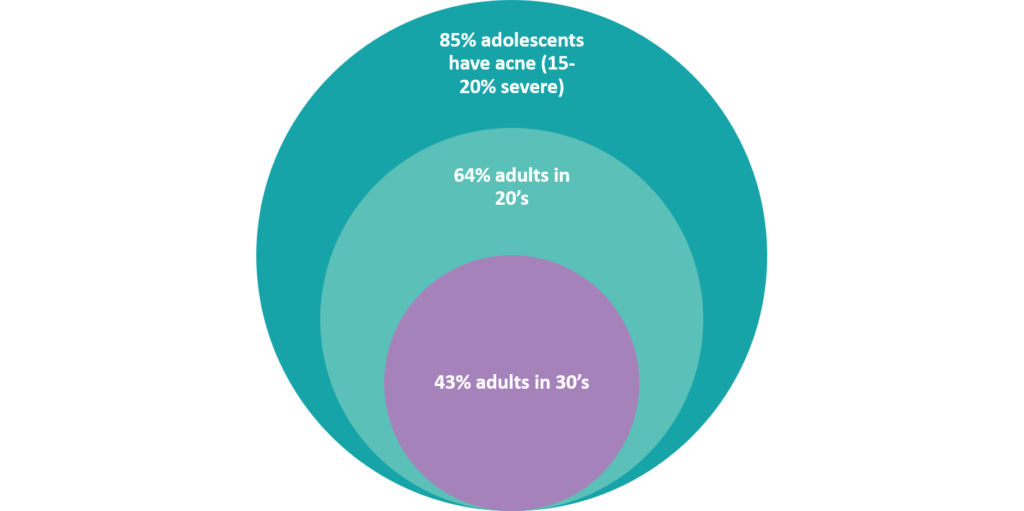
Adult acne is a thing. It is even possible to get acne for the first time as an adult. In the same way that men bald in a certain pattern, adult onset acne tends to affect the lower third of the face with red angry bumps and painful pimples along the jawline, chin and neck. The hair follicles and oil-producing glands in this area are more sensitive to hormones sending oil production into overdrive. Sound familiar?

Say “Hello” to your skin’s new puberty.
But having a name for it and being part of a statistic is not helpful. You want to know: how do I get rid of it!
![]() Clean up your diet
Clean up your diet

Ditch the dairy especially fat-free milk. It is sad but true that milk is not only pro-inflammatory but it also contains breakout triggers such as testosterone and Insulin-like Growth Factors. Skimmed milk interestingly is the worst culprit as it contains less skin-clearing oestrogen than whole milk. Plus the lactose in milk is a sugar which stimulates insulin, the catalyst for a whole hormonal cascade resulting in more inflammation and oil production. High glycemic foods such as refined flour, sweets and processed carbohydrates cause breakouts in the same way.
![]() Work on your gut
Work on your gut

Acne is often a red flag that there is an imbalance in your gut bacteria (we call this the gut microbiome). It is critical to reverse the overgrowth of ‘bad’ bacteria in the gut by avoiding inflammatory foods and replacing digestive enzymes while repairing your gut lining and upping your gut-loving fibre intake to feed the ‘good’ bacteria. Reinoculating your gut with probiotics and fermented foods are important but if introduced too early can actually worsen symptoms. Working with an integrative nutritionist is highly recommended.
![]() Simplify your skincare regimen (and stick to it!)
Simplify your skincare regimen (and stick to it!)

The sheer number of products women (and increasingly men!) pile on may be to blame for “pomade acne”. This was originally described for pimple-causing hair ointments but now refers to breakouts from any occlusive product which blocks your pores. Too many active products can cause inflammation, which then leads to acne flares. By the time my patients reach me, they usually have a staggering list of products they have tried out of desperation.
![]() THE GOLDEN RULES:
THE GOLDEN RULES: ![]()
- Don’t over-cleanse – stripping your skin of oils will make your skin produce even more oil
- Respect your skin barrier: adult skin is more sensitive and drier than robust teenage skin. When using potentially irritating products (as a rule of thumb: ones labeled ‘acne-fighting’ or ‘pore-refining), avoid using a cleanser with irritants such as glycolic acid at the same time. Too much of a good thing can be bad for your skin!
- Be patient: Give any new product at least a 6 week trial to see whether it is working
- Keep it simple: a serum and SPF in the morning and a double cleanse followed by an acne-specific treatment and moisturizer at night
- Keep those fingernails away from your face! Picking is an absolute no-no
![]() Work on stress management
Work on stress management

Stress and the cortisol spikes it causes can make your oil glands go haywire. Since stress is unavoidable, dependable stress management techniques are so important: whether meditation, working with a therapist, exercise or just taking a long, hot bath with lavender-scented bath salts at the end of the day is what works for you. That ‘tired yet wired’ feeling is a warning sign that your cortisol levels are too high.
![]() Check what medication you are taking
Check what medication you are taking

One of my first questions to my adult acne female patients is always: what contraception are you on. Are you using the Mirena – a progestogen-releasing IUD? Let’s be clear: Your skin does not like progesterone. That’s why your skin can freak out when you’re pregnant. Treating acne while still on the Mirena is like swimming upstream. Other culprits in adult-onset acne are antidepressants and anti-epileptic medications.
![]() Check your hormones
Check your hormones

New onset acne in adults can be a sign of excess androgens (think testosterone) produced by the ovaries and adrenals in women. Hormone tests are important to check for hormonal imbalances found in Polycystic ovarian syndrome and menopause for example which could be triggering your acne.
![]() Try over-the-counter solutions
Try over-the-counter solutions

Start slowly with an acne wash or topical gel containing salicylic acid or glycolic acid to help remove dead skin cells and clear out pores. If your skin can tolerate it, an over-the-counter benzoyl peroxide gel or wash can also be helpful for its anti-bacterial properties.
![]() See a dermatologist
See a dermatologist

If nothing clears your acne, see a dermatologist. Effective treatment is available. Often we will use combination therapy using prescription topicals with oral medication and in-house treatments such as peels and Forever Clear BBL light therapy. With a dermatologist’s help and a bit of patience, virtually every case of acne can be controlled.



